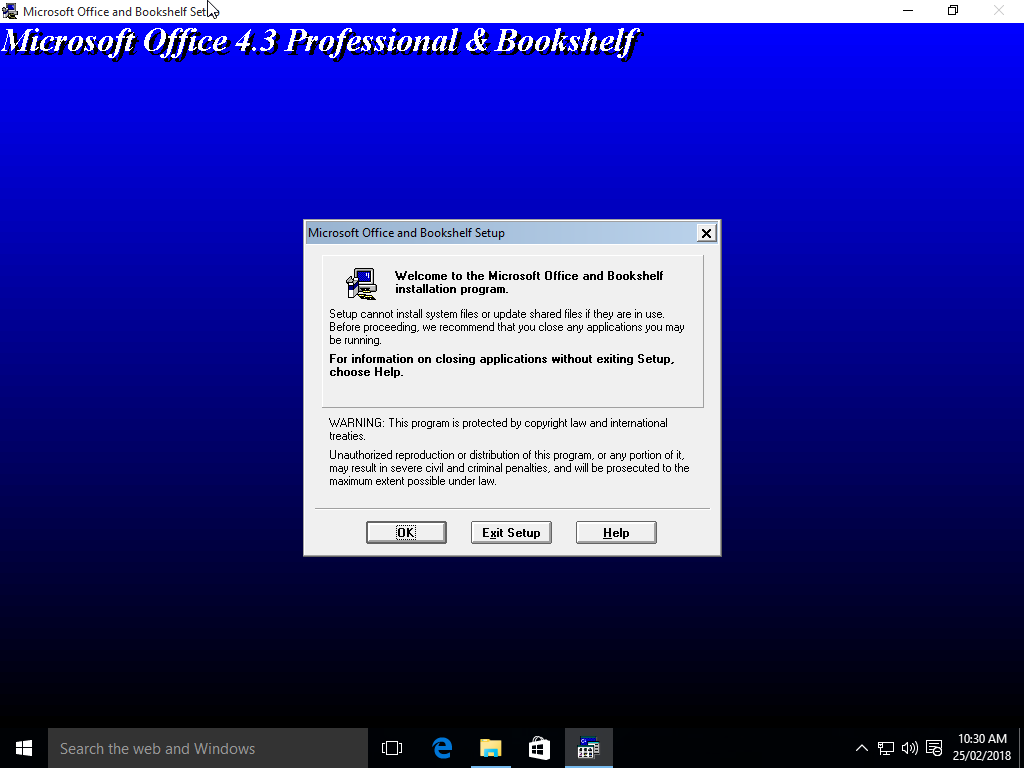

- #Will microsoft office 2000 run on windows 7 install#
- #Will microsoft office 2000 run on windows 7 update#
#Will microsoft office 2000 run on windows 7 update#
If you previously installed the new Microsoft Edge manually on your Windows 7 device, this update replaces the shortcut, thus pointing to you to this new version. Then, once the new browser is installed with this update, its icon is automatically pinned to the taskbar, while a shortcut is added to the desktop. Devices that run these editions on Active Directory or Azure Active Directory domain are also excluded from this automatic update,” Microsoft explains. Specifically, this update targets devices that run Windows 7 SP1 or later versions and Windows 8.1 or later versions that are either Home, Professional, Ultimate, Starter, or Core editions. “This update is not intended to target Enterprise devices. In other words, those running Windows 7 are getting the browser no matter they like it or not, and it’s all thanks to update KB4567409.īut as compared to Windows 10, where the new Edge becomes the default browser on systems running this operating system, the automatic update on Windows 7 comes with a different set of changes.įirst and foremost, the update is only aimed at consumer versions of Windows 7. More recently, however, Microsoft has also started the automatic rollout of Microsoft Edge to Windows 7 devices via Windows Update.
#Will microsoft office 2000 run on windows 7 install#
Microsoft Edge landed on Windows 7 earlier this year as a manual download, with the dedicated installers allowing users to install the browser just like any other application. So right now, the Chromium-powered Microsoft Edge can be installed on Windows 7, Windows 8, Windows 8.1, Windows 10, and macOS, with a Linux version also on its way without a specific ETA.Īs far as Windows 7 users are concerned, the browser will be supported until July 2021, so if you’re still running the 2009 operating system, you can continue using Microsoft Edge on your device for one more year.

The migration of Microsoft Edge from EdgeHTML to Chromium allowed Microsoft to make the browser a cross-platform application, so instead of being limited to just Windows 10, it’s also available on other Windows and non-Windows platforms.


 0 kommentar(er)
0 kommentar(er)
